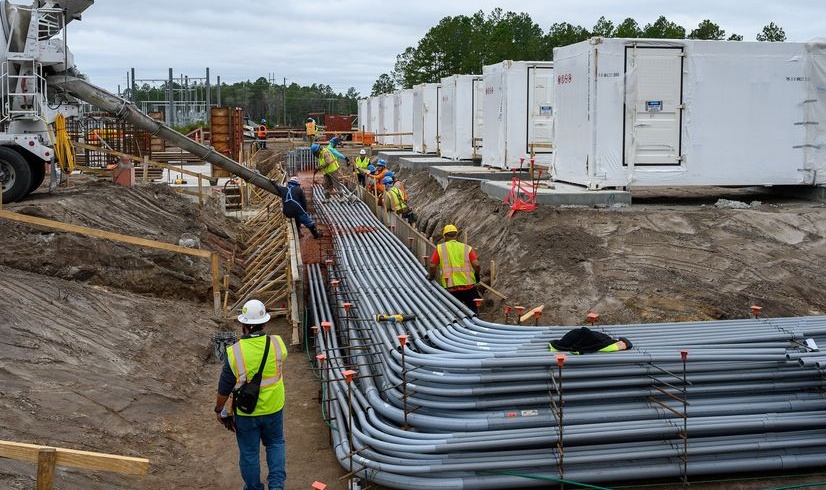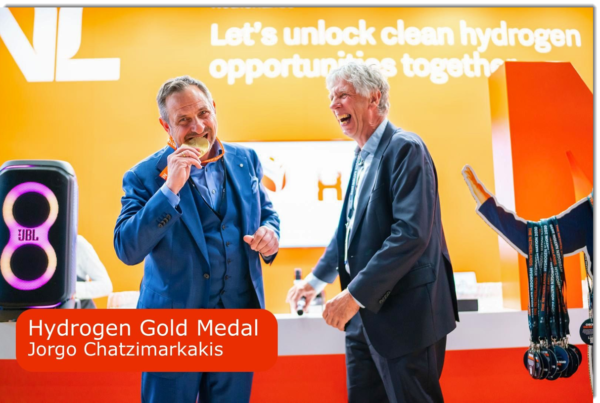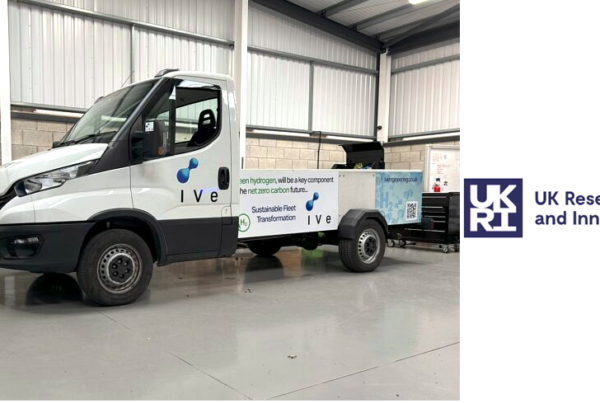
Biden’s generous IRA incentives put European lead in emerging green energy source under threat
Efforts to boost production of hydrogen, a fuel seen as crucial for meeting global climate goals, are racing ahead at a rapid pace, particularly in the U.S., threatening Europe’s lead, according to a report.
Planned hydrogen electrolyzer projects globally have jumped by 18% in the last six months, surpassing one terawatt of electricity capacity for the first time, according to a semi annual report by Aurora Energy Research.
North America has seen the largest increase in planned hydrogen projects in the past six months, according to the Oxford-based consulting firm. While Europe is still the most popular region for new hydrogen projects, its share has fallen from 63% six months ago to 56%, and the report predicts it will lose its majority share by 2025.
Clean hydrogen is a small but fast-growing area of the transition to lower-polluting energy sources. The clean-burning gas is forecast to play a central role in decarbonizing heavy industries such as steel and chemicals. However, low-emissionhydrogen production is currently small compared with where analysts believe it will need to be.
The International Energy Agency says total hydrogen production will need to be around 180 million metric tons by 2030, from just over 90 million tons today, to reach net zero carbon emissions by 2050. Low-emission production of the gas is less than 1% of current total production and would need to rise to more than 90 million tons by 2030.
Electrolyzers use electricity to split water to produce hydrogen and when they are powered by renewable electricity, the output is labeled green hydrogen, which is considered emission-free energy. Hydrogen can also be generated using fossil fuels but that output isn’t considered clean unless the greenhouse gas emissions released when producing it are captured and stored.
Europe has long dominated the burgeoning hydrogen industry but its lead now appears to be slipping, particularly in the face of U.S. plans to spend vast sums of money to boost production of renewable energy and invest in hydrogen.
Europe’s shrinking share of hydrogen projects is “a direct consequence of the bloc’s slow response to the U.S. Inflation Reduction Act and [its] delay in developing concrete regulation for renewable hydrogen,” said Dilara Caglayan, lead hydrogen researcher at Aurora.
The European Union has been an early adopter of new low-carbon technologies such as hydrogen electrolyzers, electric vehicles and solar power. However, it has been slow to respond to the Biden administration’s Inflation Reduction Act, which earmarked $369 billion for green energy programs. The U.S. now offers straightforward, generous tax credits to clean hydrogen producers while the EU took many months to work out the details of its incentives which generally involve more red tape.
Washington’s vast spending prompted fears in Europe that its clean energy companies would see the U.S. as a more attractive place to build new projects or may even plan to relocate entirely. The EU in February outlined new plans to enhance the continent’s competitiveness in regard to low-carbon industries, and in March proposed allowing some foreign incentives to be matched in certain sectors, including hydrogen electrolyzers.
Europe still has the lead in building a regional market for hydrogen, which includes developing hydrogen producers and consumers in proximity and local infrastructure networks to help transport the fuel. Analysts believe creating liquid, regional markets for hydrogen will be crucial to making it more affordable because of the difficulty and cost involved in transporting the highly-combustible gas over long distances.
Still, much of the industry is nascent and many of the projects tracked by Aurora won’t come online for some time. Only 1% of the one terawatt of planned hydrogen projects have begun construction, while 86% are in the early planning stages of development.
“Installing 1 TW of electrolyser capacity remains a distant reality,” Aurora said. Around 269 gigawatts of the projects will be online by 2030, compared with around 0.45 gigawatts today, it added.
Aurora forecasts European low-carbon hydrogen prices will fall from €7 a kilogram in 2025 to €2.8 a kilogram by 2050, as new supply comes online. Meanwhile, demand for hydrogen in Europe is expected to rise 60% by 2030 and increase threefold by 2040, compared with 2023.
“The scale of the increases we are expecting is on an industrial revolution-size scale,” said Brian Murphy, senior analyst for hydrogen at S&P Global Commodity Insights. “We are seeing the beginning of that today.”
Read the most up to date Fuel Cell and Hydrogen Industry news at FuelCellsWorks
SOURCE: WSJ PRO




